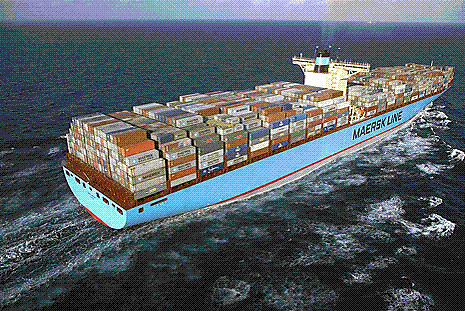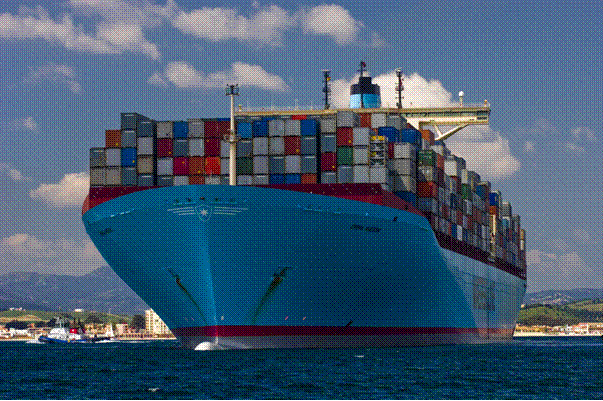Big is Beautiful
As consumption patterns in Europe and the Unted States slowed down, the production centres in Asia slowed down as well. This had a direct impact on the global maritime trade as it reduced the need for international transport. Global shipping lines reacted by looking for possibilities to cut costs across the board and increase operating efficiencies.
The financial crisis proved to be deep, but brief. The U.S. president Obama heralded a new age of global financial cooperation, whereby a new found trust evolved in the basic economic pillars of capitalism. After just two years of intense financial and economic turmoil, the global markets regained momentum and started to climb. Economic recovery was a fact.
As consumption patterns in the western economies recovered, so did the production centres in Asia. The consequences for the shipping lines was that after just two years of decline cargo volumes, 2010 cargo volumes increased once more. The trade patterns that were in existence before the crisis remained. Asia and in particular China is the main trading partner for the Western world.
China has established itself as the production centre of the world for the decades to come. In 2013 China overtakes Japan as the biggest Asian Economy. As China’s economic power grows so does it’s political power. China gains in seniority in the WTO. As China’s clout increases, trading routes between China and Europe and China and the US become deeper embedded.
A consequence of the crisis was a further rationalisation of shipping lines. The movement of cutting costs and increasing operating efficiencies that had set in during the crisis remained important after the crisis. This was further enhanced by cost as a driver, due to the rising oil price. Ship sizes increased further and in 2014 the first 22.000TEU container ship is delivered marking a new era in ship sizes. These leviathans of the maritime trade are markings of a new generations of ships: Big is Beautiful. The driving force toward larger container ships is rising fuel prices and the proposed design could cut ocean transport costs per container by 40%. (SOUTH Korea's STX Shipbuilding says it has designed a 22,000 TEU containership, which would 450 metres, 50 metres longer than the current biggest box ships – the 11,000 TEU Emma Maersk class. Source: http://www.turkishmaritime.com.tr/news_detail.php?id=859 , last accessed on october 11th 2009).
The effects of these increasing economies of scale are the preferred position of deep see ports. The global trading Hubs such as Shanghai, Singapore and Rotterdam a just a few of the global hubs that are able to accommodate these mammoths of the sea. As ship sizes keep growing in a seemingly never ending race to reduce costs, only those ports remain attractive for deep sea shipping and trade that are physically able to accommodate these ships. As the Maasvlakte-2 project is realised in Rotterdam in 2014, Rotterdam is perfectly position to handle the biggest ships around. The effects on other ports are devastating as they are reduced to feeder ports to Rotterdam. Only the big survive.

